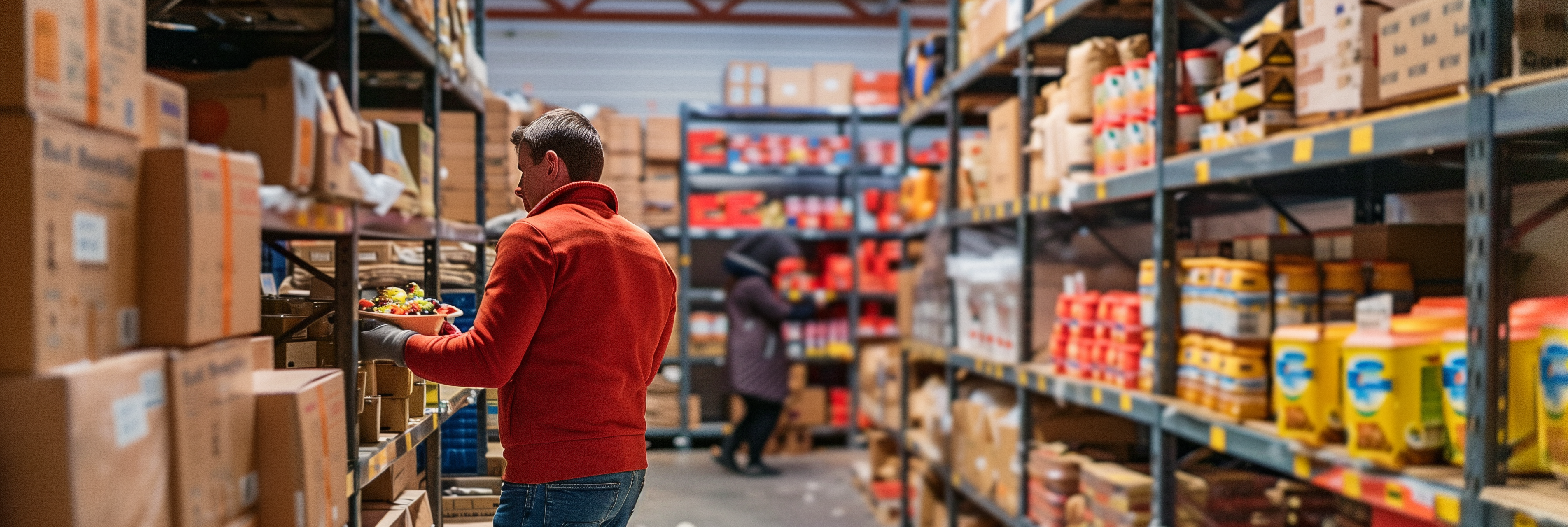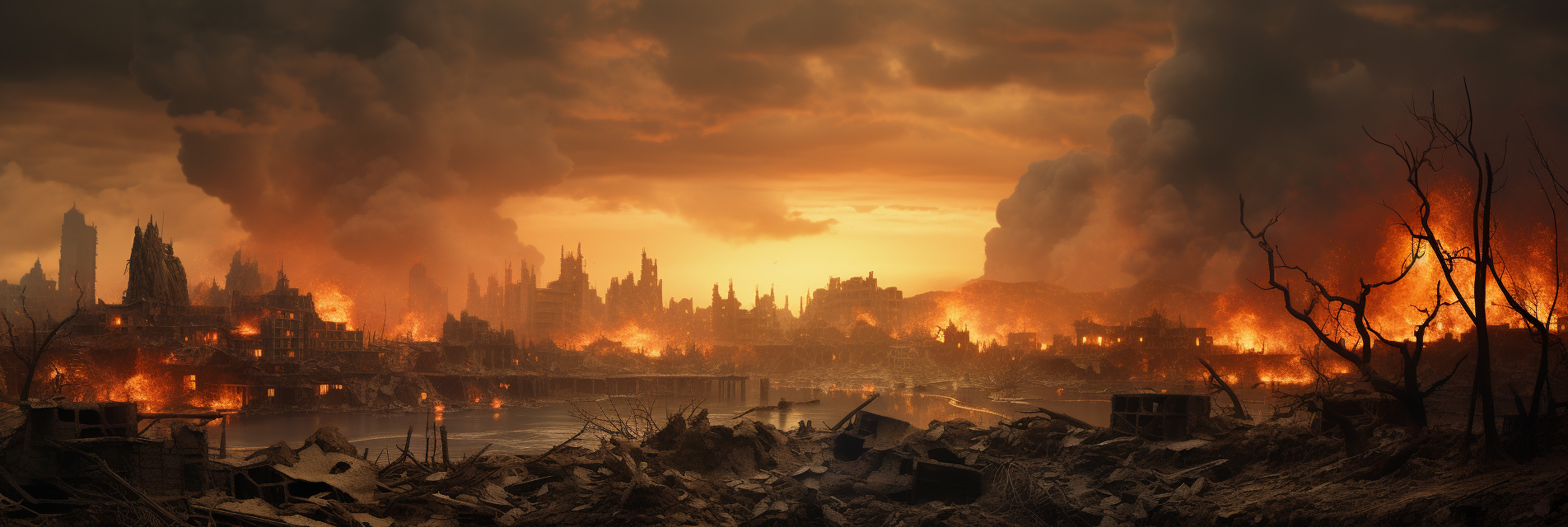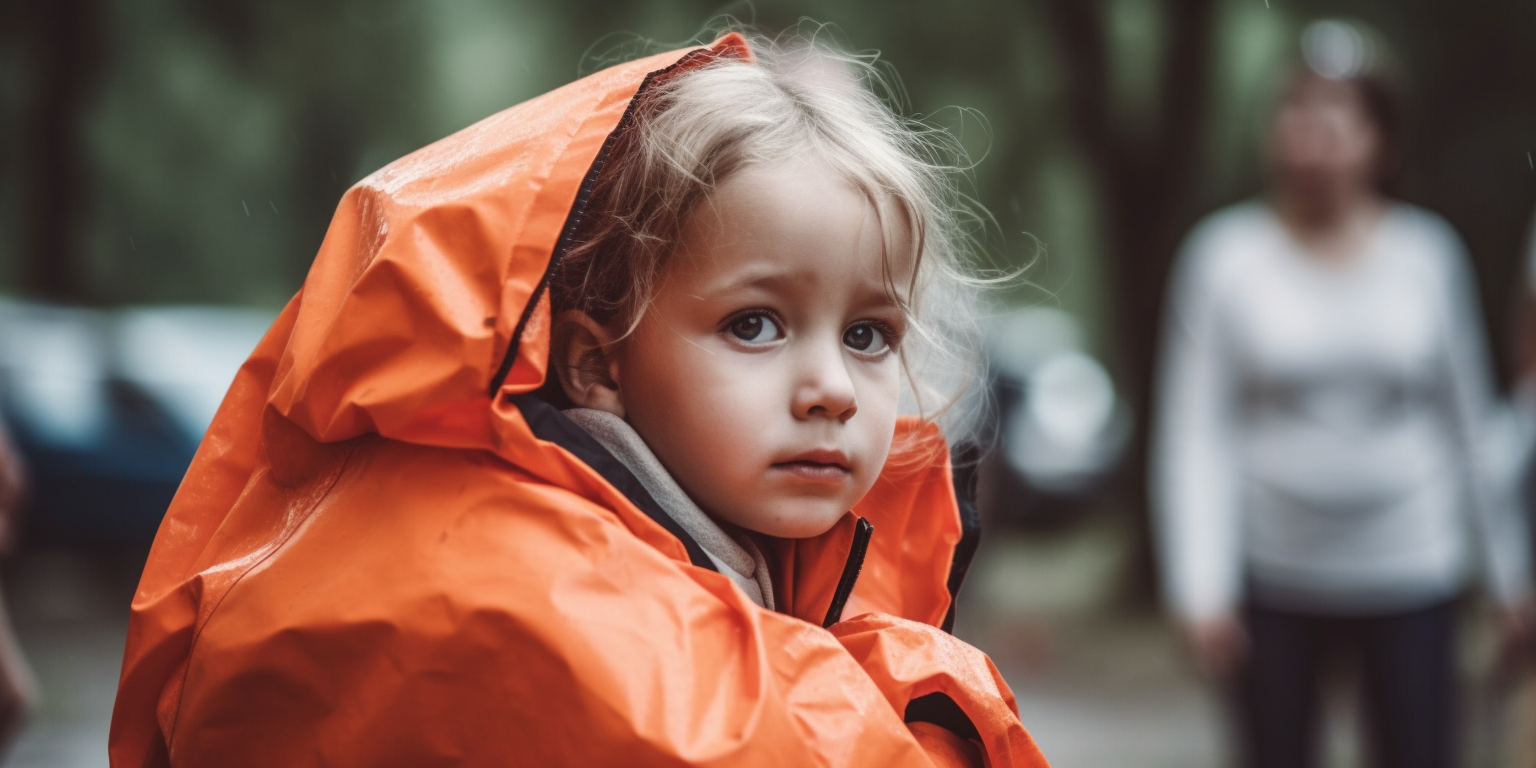
A Simple Guide to Planning Your Water Storage, From Water Rationing to Long-term Supplies
A Simple Guide to Planning Your Water Storage, From Water Rationing to Long-term Supplies
Water storage is a key part of emergency preparedness. People who live in areas prone to wildfires, hurricanes, or other natural disasters need backup water supplies in case service is cut off for days or even weeks. Water storage at home is important for anyone living in an area with any risk of water outage, including natural disasters and heavy snowfall. And it’s not just about keeping a few 2 litre bottles under the stairs. There are several ways you can prepare for any water shortage so that your family doesn’t go thirsty during an emergency. From groundwater to rainwater catchment systems and everything in between, read on to find out more about different ways you can store water at home.
Water Rationing
Depending on the type of emergency you’re dealing with, you may have to start water rationing. You can do so by giving each family member a certain amount per day to use for cleaning, cooking, and drinking. You may want to keep track of this in a notebook or journal so that you can see how long your supplies will last. It’s also a good idea to keep track of who used what and when, especially if you have a large family who may forget that they used up all their water and need more. Rationing will help you ensure that you don’t run out of water before the emergency is over. If you’re rationing during a water outage, keep in mind that you’ll need more water per person per day than you would if you were just maintaining your normal routine. You’ll need more to flush toilets, take showers, and do dishes. Keep in mind that you will also have less water pressure during an outage than you do normally, so you’ll need less water in each flush and less water per person per day.
Rainwater Catchment Systems
These systems collect water from roofs and store it in barrels or large containers. Rainwater catchment systems are an excellent way to store water, especially if you live in an area that gets a lot of rainfall. It’s also a good idea to set up a rainwater catchment system if you live in an area prone to wildfires. If wildfire restrictions are in place, you may not be able to collect water from a well or other source that would put you in danger if the fire gets too close to your house. Rainwater catchment systems can be purchased as kits or in pieces that you put together. They are easy to set up and can be as small or as large as you need. You can collect over 40,000 litres of water from just 10 square meters of roof space, so a small system can provide a large amount of water. Be sure to follow the directions provided with your kit and avoid any modifications that may make the system less effective.
Water Storage Tanks
These are the most common type of water storage used today. They come in a variety of sizes and materials. They can be indoor or outdoor tanks and are easy to hook up to existing plumbing. They can be installed as ground-level tanks or high-capacity tanks that stand above ground. Water storage tanks are available in both cement and fiberglass. Cement tanks are heavier but more durable. Fiberglass tanks are lighter and easier to lift, but they do not last as long. Both types need to be cleaned, inspected, and flushed periodically. You’ll also want to install a softening filter, a sediment filter, and a chemical filter to ensure that your water is clean and safe to drink. You can choose to hook your water storage tank up to your home water supply line or separate from it. If you hook it up to your main line, you can still use your water as normal without interruption. If you choose to keep the two systems separate, you’ll need to periodically transfer water from the storage tank to the main line.
Diversion Tanks and Aquifer Storage
These water storage methods are only applicable in certain areas and are not a good choice for areas prone to floods or hurricanes (fortunately not a significant issue for us in the UK). You may want to look into building a diversion tank in areas where flooding is a concern. A diversion tank pumps water from your well and deposits it into a large container. It can be used to fill an above-ground tank or an underground container called an aquifer. An aquifer is a good choice if you have a well with low water pressure. It is an above-ground tank with a valve at the bottom to allow water to flow in and out of the container. You can also purchase a pump that will take water from your well and deposit it into an aquifer. These are a good choice for areas prone to droughts. You’ll want to check with your local council planners before building a diversion tank or aquifer as these may have restrictions or rules about where these systems can be placed.
Long-term Supply Stores
If you’re trying to determine how long you’ll need to store water before an emergency, you’ll need to account for every person living in your household. You’ll also need to account for guests, pets, and anyone who may stop by and need water. If you have young children, they’ll need more water than an adult would. You’ll also want to account for health issues and medications that may cause you to need more water than the average person. You’ll also want to factor in water required for hygiene, cleaning, and gardening. Long-term water storage is often best done with a whole-house water filtration system. This keeps the water from going bad and reduces the need for you to go outside to collect water. It also gives you the ability to store large amounts of water inside your home. You can create a system with large barrels or a large water tank. Be sure to keep your system clean and maintained to prevent bacteria and other contaminants from growing inside the water containers.
Conclusion
Water is a must-have item during an emergency. When disaster strikes and water supplies are disrupted, you'll need at least a three-day supply of water on hand to get you through the crisis. In the event of a societal collapse, accessing clean drinking water becomes even more challenging and small temporary supplies will not be a viable solution.
As you can see, there are lots of different ways to store water both inside and outside of your home. You can store water in large containers, small containers, or even in your water heater. You can also collect water from the rain, or even from your hot water heater. No matter what type of water storage method you choose, it’s important to keep your water clean and fresh so that it’s safe to drink when you need it most.
Further Reading
For far more in depth information we recommend you purchase 'The Prepper's Water Survival Guide: Harvest, Treat, and Store Your Most Vital Resource' by author Daisy Luther. This book, which is available on Amazon, provides a step-by-step plan with simple easy to follow information that will help you learn how to store fresh water, collect rainwater, harvest water, test for toxins, treat water-related illnesses, purify water from rivers and dig a well to access groundwater.
Suggested Articles
Emergency Food for Low-Income Individuals: Access and Affordability in Times of Crisis
During times of crisis, securing basic necessities becomes a challenge, with food security becoming an urgent concern...
How might Climate Change harm our our society?
The potential impact of climate change is one that has gained increasing attention and urgency in recent years - in f...
Prepping for Emergencies with Children: A Comprehensive Guide for UK Families
How to Keep Your Family Safe, Informed, and Ready for Any Emergency Introduction Emergencies can happen at any time, ...




